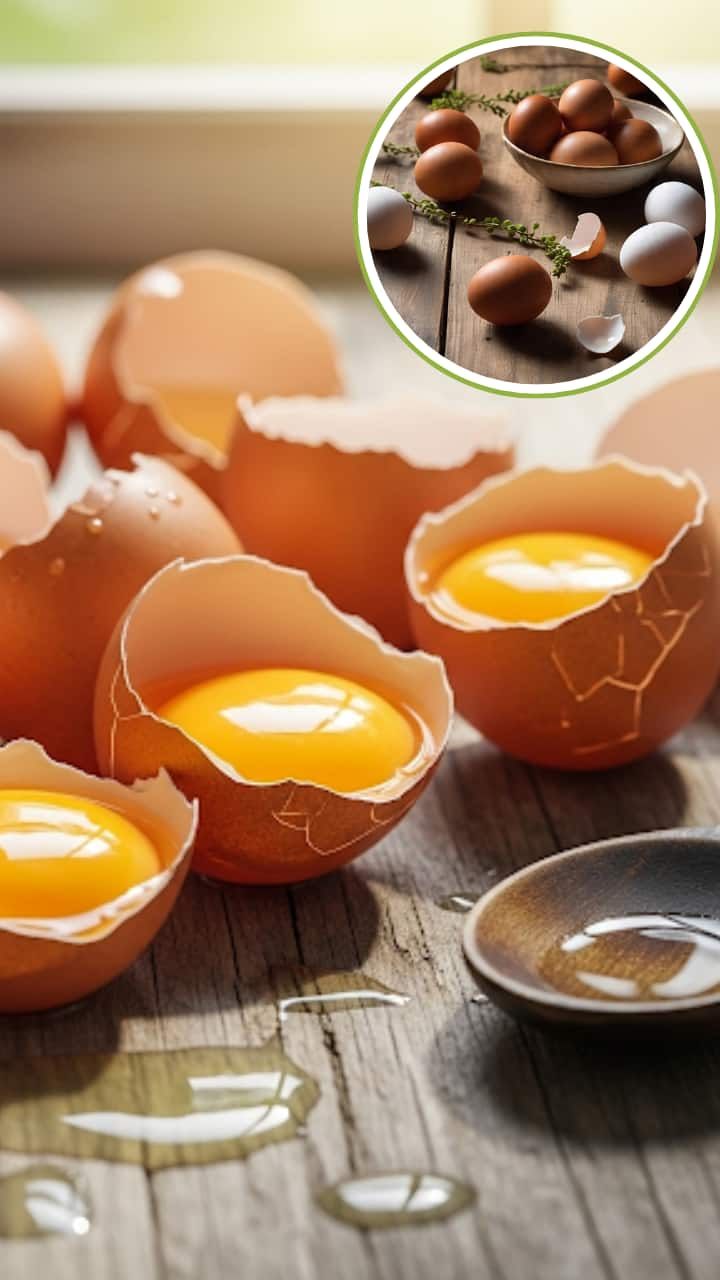
Fake Eggs vs Real Eggs: 7 Ways To Spot The Difference
Shell Texture:
Whenever you buy an egg if it's real it will have a slightly rough and chalky shell whereas fake eggs often feel smooth and plastic-like.
Smell Test:
Real eggs always have a mild odor whereas the fake ones usually don’t have a natural smell.
Yolk and White Consistency:
When you crack the egg if the yolk and white are distinct and natural while fake eggs often have rubbery or overly thick parts.
Sound Test:
If you shake the egg gently and it's a fake egg that may slosh or feel too light unlike the steady weight of a real one.
Boiling Behavior:
Always remember that the real eggs cook normally whereas the fake eggs may remain oddly soft, rubbery, or produce a strange foam while boiling.
Breaking Test:
When you crack an egg, real eggs have a firm yolk that stands up and fake eggs have a runny or cloudy look.
Burn Test (Shell):
Burn a piece of the egg shell and the real ones turn to ash whereas the fake ones may melt or give off a plastic smell.
DISCLAIMER:-
This web story is meant for informational purposes only and must not be considered a substitute for advice provided by qualified medical professionals